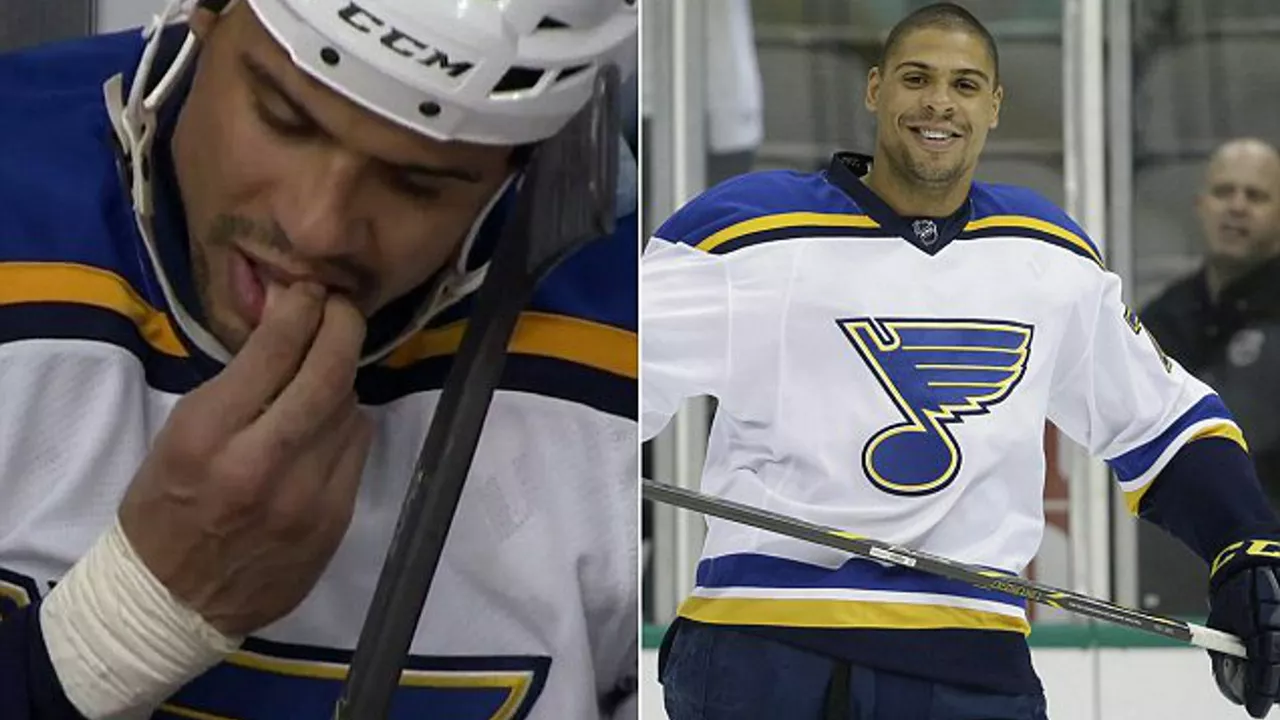Fight in Hockey – Why It Happens and How It’s Managed
If you’ve ever watched a hockey match and heard the crowd roar when two players drop the gloves, you know fighting is part of the sport’s identity. It’s not just random violence; there are clear reasons, unwritten codes, and official rules that shape when and how a fight occurs. Understanding those basics can make you enjoy the game more and appreciate the fine line between excitement and safety.
Reasons Behind the Brawl
First off, fights often act as a way to protect teammates. When an opponent delivers a cheap shot, a player may step up to send a message that such actions won’t be ignored. This “policing” keeps the game from spiraling into unchecked aggression. Second, fights can shift momentum. A well‑timed punch can energize a lagging team, lift the bench, and force the opposition to play more cautiously. Lastly, many players see fighting as a personal outlet – a chance to release built‑up tension in a short, controlled burst.
Rules, Penalties, and Safety
The NHL has a specific set of rules to keep fights from turning chaotic. When a fight breaks out, referees usually call a "major" penalty, which means five minutes in the penalty box for each fighter. If a player throws a dangerous blow, like to the head, they can receive a "game misconduct" and be ejected. These penalties exist to discourage reckless behavior while still allowing the sport’s traditional spark.
Safety measures have improved a lot over the years. Players must wear helmets, mouthguards, and protective padding. The league also monitors concussion protocols closely – if a fighter shows signs of a head injury, they’re taken off the ice for evaluation. This balance aims to preserve the excitement of fights without compromising player health.
Fans often debate whether fighting belongs in hockey at all. Some argue it’s an outdated relic that should be banned, while others claim it’s a unique element that adds drama and keeps the game honest. The reality sits somewhere in the middle: fights are permitted, but only within a regulated framework that penalizes excess and protects players.
From a coaching perspective, managing fights is a strategic decision. Coaches will sometimes warn a star player to stay out of a scuffle to avoid a costly penalty, but they might also encourage a physical presence to deter opponents from targeting skill players. Knowing when to embrace or avoid a fight can influence a team’s success over a season.
For newcomers to the sport, the key takeaway is that fights are not random brawls. They’re a mix of self‑defense, momentum‑shifting tactics, and cultural tradition, all overseen by a rulebook designed to keep the action within safe limits. Watching a fight with this context can make the spectacle feel less chaotic and more like an integral part of the game’s strategy.
So the next time you hear the crowd chant for a showdown, you’ll understand the layers behind that moment – the protection, the momentum, the rules, and the ongoing debate that keeps hockey’s fighting culture alive and evolving.

Has Ryan Reaves lost a fight in the NHL?
In my journey to uncover the fighting history of the infamous NHL player, Ryan Reaves, I've learned that, yes, he has indeed lost a few fights. Reaves, well-known for his toughness on the ice, has had his fair share of battles over the years. But saying he's invincible would be an overstatement. Even the toughest lose sometimes, and Reaves is no exception. However, it's equally important to note that despite these losses, his reputation as an enforcer in the league remains unscathed.
Read More